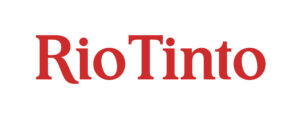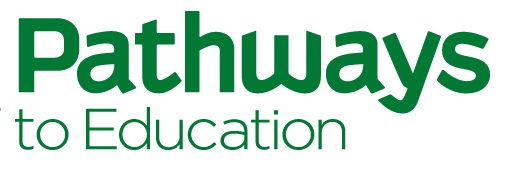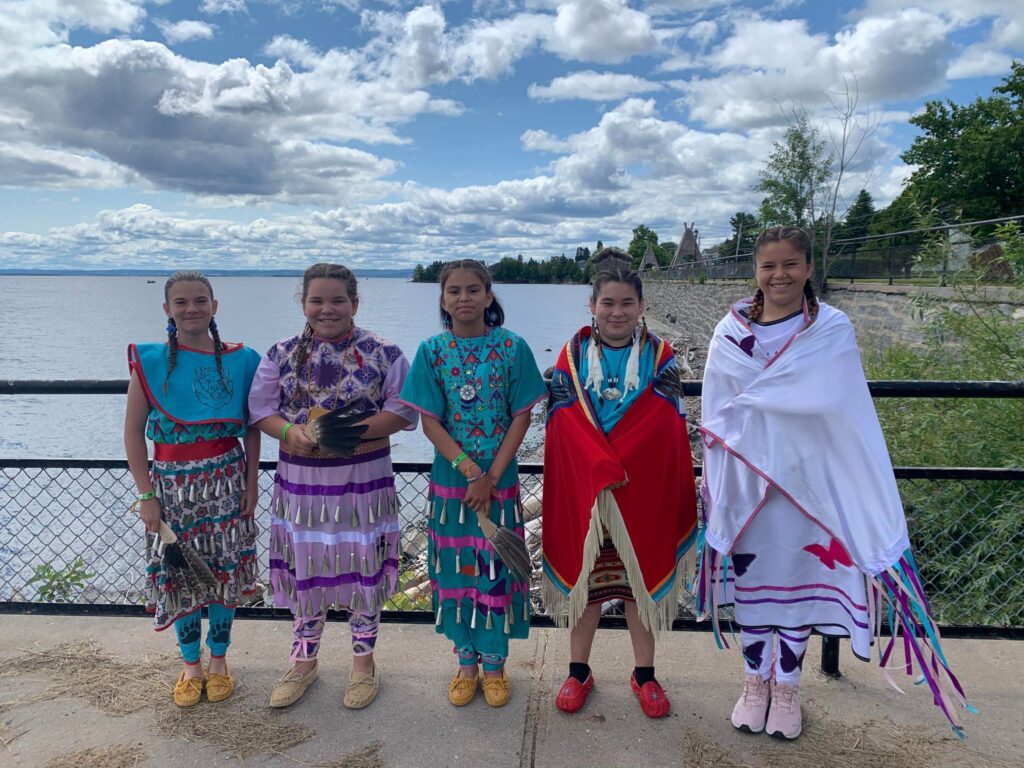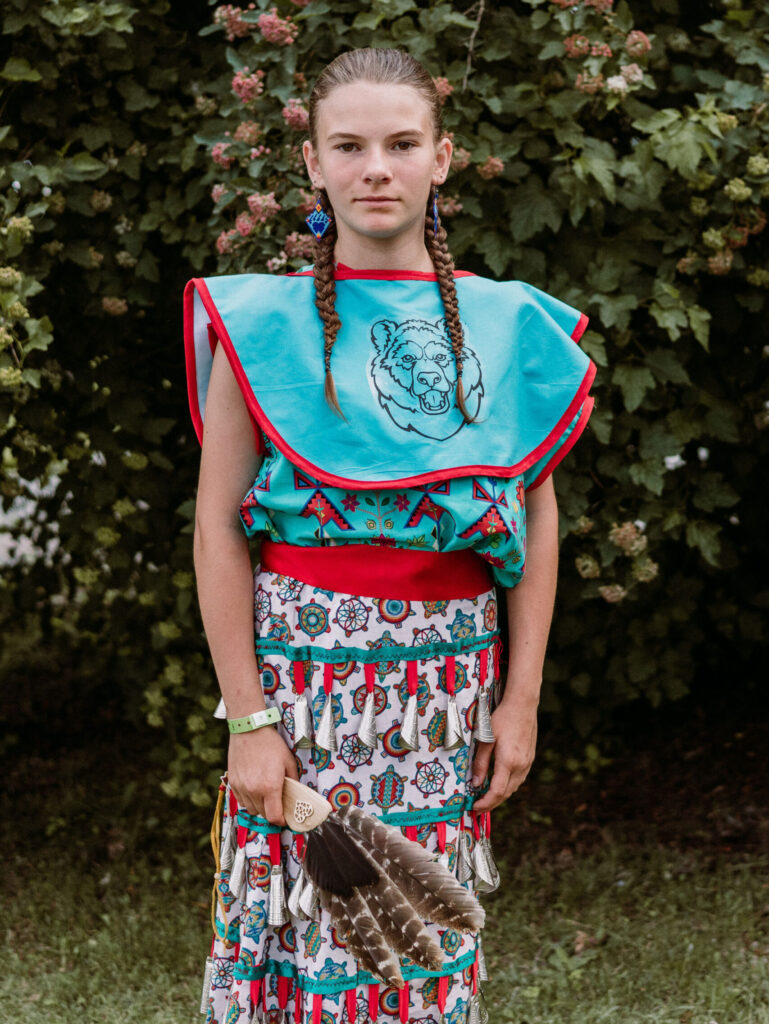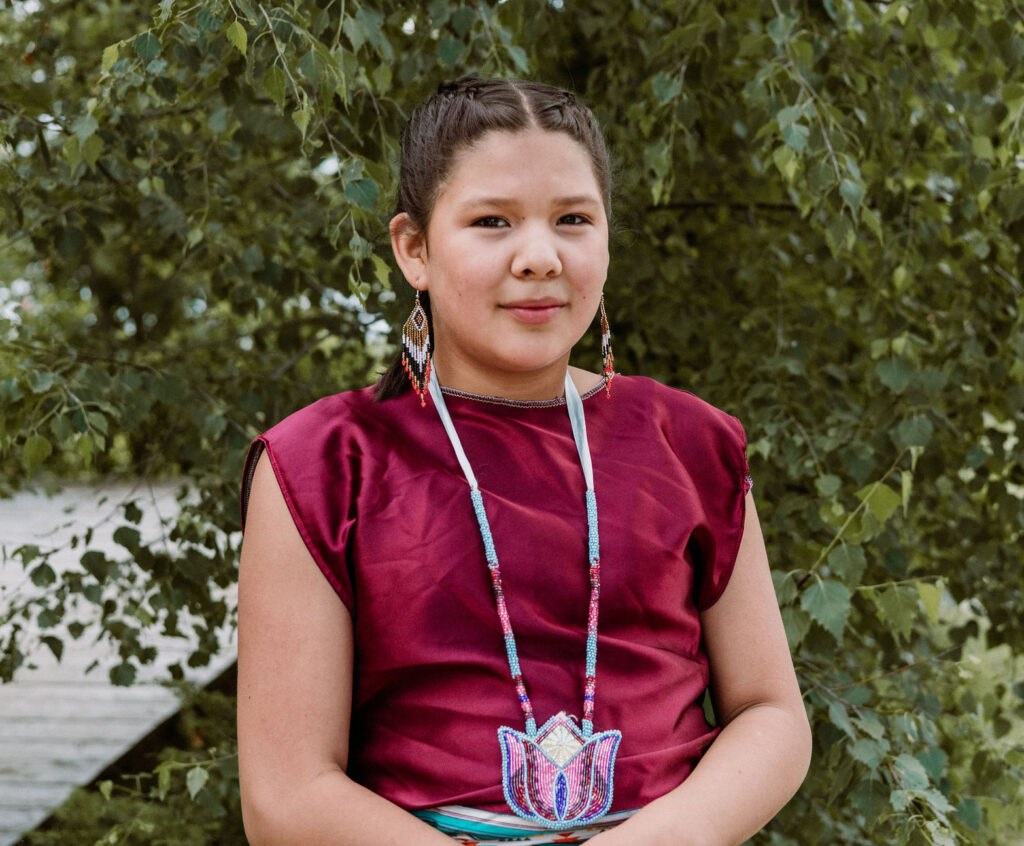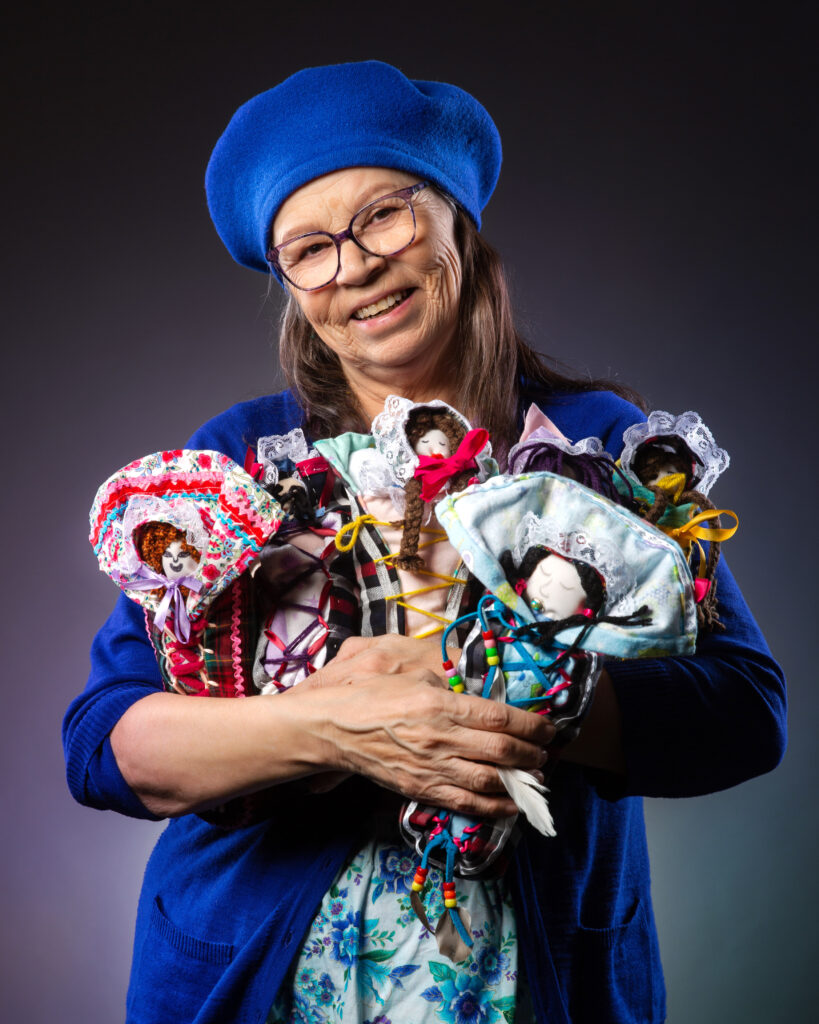To give students a sense of belonging, Caroline Lambert, director of Pathways Mashteuiatsh, often adapts programming to fit the needs of youth within the local community. For example, Pathways Mashteuiatsh offers a series of workshops focused on activities such as crafting healing dolls and making traditional regalia.
Residential school survivors participated in the healing dolls activity when it was first organized by Pathways Mashteuiatsh’s program partner, Puakuteu. During these workshops, Elders were given the opportunity to craft a doll. The creative process allowed survivors to talk about their experiences in the residential school system and the emotions it brought up. Caroline was so moved by the intersection of creative work and personal expression that she decided to include this activity as part of Pathways Mashteuiatsh’s programming.
“Working with the Elders made us realize that the impact of the residential schools continued from generation to generation. It is still affecting young people seven generations later, just like the philosophical principle of the seven future generations. That’s why we decided to incorporate this activity in Pathways Mashteuiatsh’s programming,” Caroline explains. “We work with a kukum (grandmother) and a trained facilitator. They help address many topics by working with the dolls and it opens up conversations about young people’s well-being and their feelings.”
Pathways Mashteuiatsh integrated a second activity, initially organized by program partner Puakuteu, into its programming: Traditional Teachings and Regalia. This activity focuses on the making of regalia, the traditional clothing and sacred accessories worn during powwows. Women and Elders from the Mashteuiatsh community wanted to pass on their knowledge to future generations, and Caroline saw an opportunity to offer a new activity to youth in the Pathways Program. “Through making the traditional dress, youth learn more about their culture and the history behind it,” Caroline shares. “And from a mentoring point of view, it’s a chance to work on skills like patience and attention to detail.”
Both projects were met with great success. The healing dolls made by Pathways students are at the center of the Ilnikueu/Healing Dolls exhibit at the Mashteuiatsh Amerindian Museum. Caroline is pleased with the transformative impact the project had on students’ well-being. “Students said they cried and laughed, experienced a lot of emotions, and ultimately grew through this activity,” Caroline recounts. “It’s not easy to talk about feelings, but this project made it possible.”
The regalia activity concluded when the first cohort of participants wore their regalia at the Grand Entrance of a powwow. It was a moment of shared pride that Caroline and Pathways Mashteuiatsh students will never forget. “The Grand Entry is like a red carpet,” Caroline explains. “The graduates were so proud; it was so beautiful to see. Everyone was watching. It created a buzz, and the other kids said to us, ‘Let’s go, I’m going to dress up next year, I’m going to get involved in the powwows.’”
Every day, projects like these remind us of the power of working with both partner community organizations and corporate partners across Canada to deliver the Pathways Program. Thanks to Rio Tinto’s substantial long-term commitment since the inception of this location, Pathways Mashteuiatsh has operated in this community through partnership with Puakuteu, Women’s Committee of Mashteuiatsh since 2013. We are grateful for these two key partners who help provide more culturally relevant programming for First Nations youth in Quebec.
